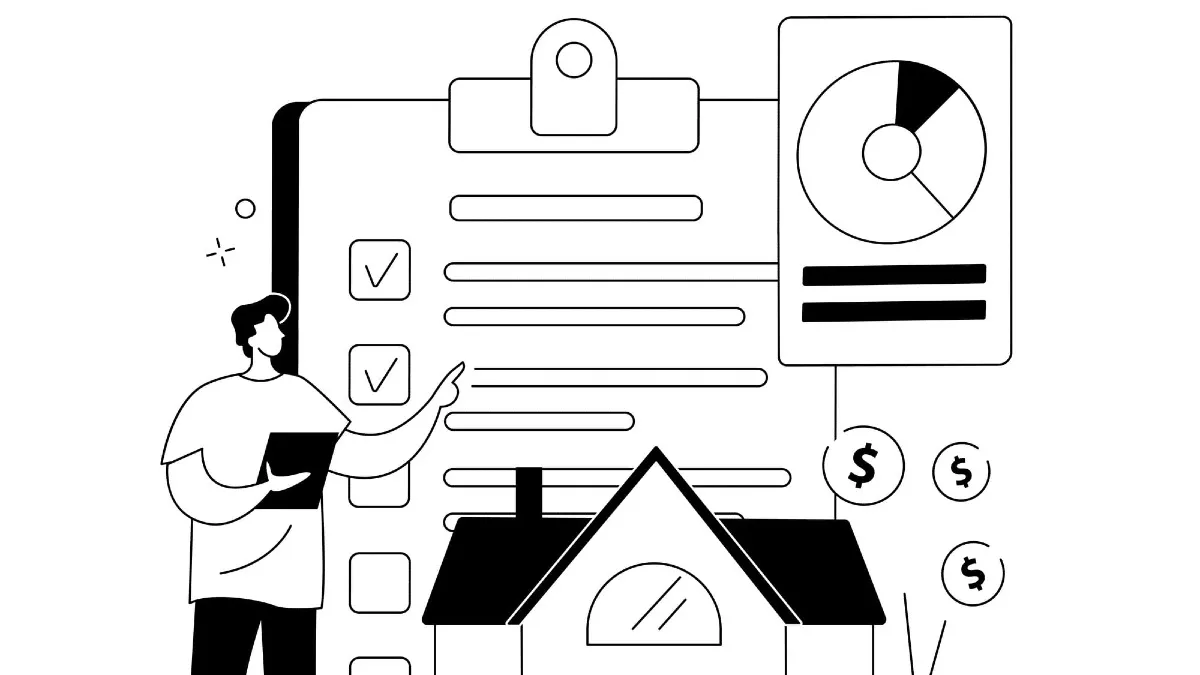The realm of private investments—like real estate, fine art, and commercial loans—used to be off-limits to most people. Yieldstreet designed its multi-asset fund, now known as the Yieldstreet Alternative Income Fund (YSAIF), to open this world up. It lets everyday investors gain exposure to a mixed portfolio of private, income-generating assets.
This guide looks closely at the YSAIF, how it works, the actual investment minimum, and the very real hazards for new investors.
What is the Yieldstreet Alternative Income Fund?
The YSAIF, formerly called the "Prism Fund," is an open-ended, non-diversified pool of capital. It allows you to make one payment that is immediately spread out across many private market opportunities.
How the Fund Works
- Wide Allocation: The Fund's manager places money across several asset types in the private sector. These generally include:
- Real Estate: Lending money for commercial and residential properties.
- Commercial Debt: Loans backed by a business's tangible assets.
- Art Financing: Loans secured by high-value artwork.
- Legal Finance: Investments tied to litigation funding.
- Income Focus: The main aim of the Fund is to pay out regular income (distributions) to its shareholders every quarter, generated from the interest or cash flow of the underlying private deals.
- Continuous Investment: Since it's an open-ended fund, it does not have a set expiration date. The fund keeps growing by continually finding and adding new private investments.
Access and Investment Minimums
The YSAIF is one of the few offerings on the Yieldstreet site available to all investors, regardless of wealth or income status.
Current Minimum Investment
- Minimum Starting Point: The current minimum to begin investing in the Fund is $10,000 USD.
- Note: Though past promotions for the older "Prism Fund" had lower entry points, people should plan for the current $10,000 minimum.
- Open to All: No matter your net worth or income level, you are allowed to invest in this Fund.
The Benefit of Spreading Risk
The main advantage here for the average investor is instant diversification. Rather than needing a large sum for one specific private debt deal, your money instantly touches numerous private assets. This helps soften the blow if one single investment runs into trouble.
Costs, and Getting Your Money Out (A Reality Check)
Before putting money into these kinds of private assets, you must realize that they come with significant costs, high risk, and your money will be tied up for a long time
1. Management Fees
The Fund charges annual fees that reduce your overall return. These include a Management Fee (around 1.0%) along with an Administrative Expense (up to 0.5%). The combined expenses often total around 2.8% per year—much higher than a simple stock market ETF.
2. Money is Tied Up (Illiquidity)
The biggest hazard for new investors is how hard it is to get your money back.
- No Trading: Shares of this Fund are not traded publicly. Don't expect to sell them quickly like a stock.
- Limited Redemption: The Fund attempts to buy back shares from investors every quarter through its Repurchase Program. But this buyback is entirely at the Fund’s discretion and is limited in volume (e.g., often capped at 5% of outstanding shares per quarter).
- Pro-Rata Risk: If many people want to redeem at the same time, your request might be prorated. You could only get a small fraction of your money back, leaving the rest of your capital locked down.
3. Investment Risk
Putting money into this Fund is considered speculative and carries an inherent risk of substantial loss.
- No Insurance: Investments here are not bank deposits and carry no protection from the FDIC or any government agency.
- Loss Risk: People should only invest money that they would be okay with losing entirely. The chance for higher income comes directly with a higher risk of the private loans defaulting.
Conclusion: A Small, High-Risk Piece
The Yieldstreet Alternative Income Fund offers a unique path for investors without large bank accounts to gain exposure to private market income. It aims for returns that don't always track the public stock market.
Yet, because of the high costs, difficulty in withdrawing funds, and serious risk, this Fund belongs only as a small, high-risk part of your portfolio. Allocate only money you won't need for years, and remember that nothing here should ever replace your core investment in low-cost, liquid stock and bond funds.






